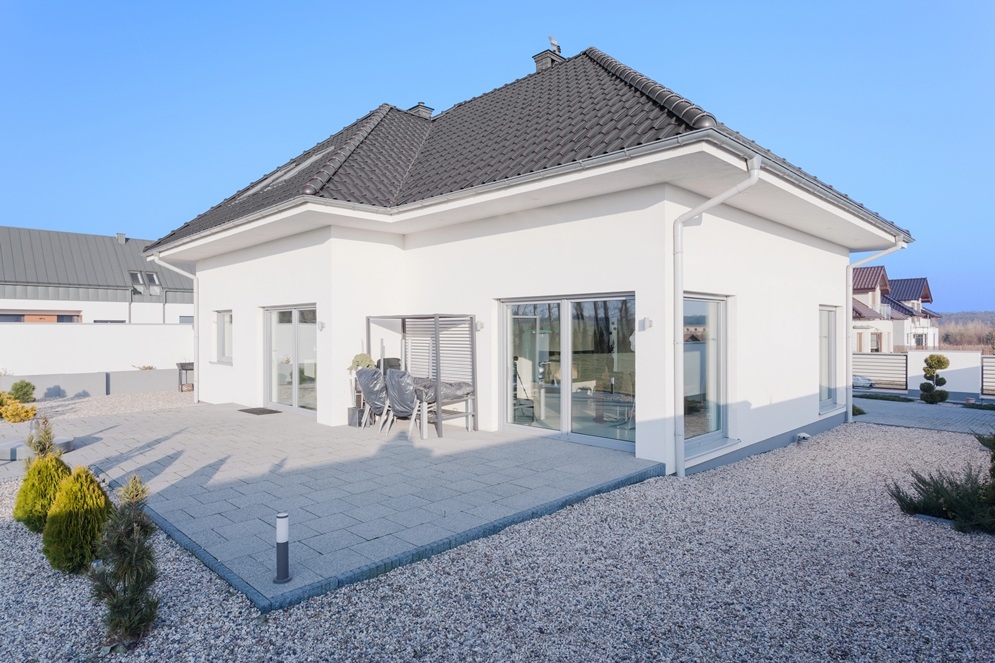
Are you looking to transform your home's exterior?
Protect your external walls from the elements?
Add value to your property by creating a more modern and sleeker look?
Let us help.
Rendering and cladding are two popular options for homeowners looking to achieve something different. A different look and style for their property as well as other benefits such as increased insulation and weatherproofing.
Both cladding and rendering offer unique qualities, and as the rendering specialists in Leeds, we've pulled together this post to look at these qualities in more detail, so you can make the most informed choice to meet your requirements.
Both cladding and rendering are forms of covering the external brickwork of your property with something, either mortar or cladding boards, that make it more visually appealing.
They are both extremely popular exterior finishing options, offering durability, longevity, and low maintenance, while also adding a layer of protection against harsh external elements that your property may face.
Enhancing the appearance of your home, you have a choice and flexibility in design when it comes to both options, with a range of materials, colours, and finishes available.
Cladding is a form of attaching new panelling to your existing exterior walls.
Cladding can come in the form of timber, metal panels, stone veneers, and PVC (PVC is the most popular due to its flexibility and durability aspects) with each material having its own character, lifespan, and maintenance requirements.
You can achieve a traditional as well as a modern look and can even opt for grain patterns and textures. Cladding can also be installed vertically or horizontally, again providing you with a great deal of design freedom.
Helping to provide a shield against the elements, such as moisture and UV damage, cladding also adds an additional layer of insulation, supporting an improvement in your property's thermal performance, leading to a reduction in energy bills.
Rendering consists of wet mortar being applied directly to external walls, which then hardens and provides a protective shell around the property.
Typically, render is made up of sand and cement, but it can also include acrylic or silicone additives to improve flexibility and water resistance.
For a contemporary look, a pre-colour can also be added to the render before application – eye-catching pastel colours are always on trend.
Render is suitable for old and new buildings.
When we look at the differences between cladding vs rendering, one of the more obvious differences is when it comes to price.
Rendering in this sense is more cost-effective than cladding.
Other cladding and rendering differences include how each is applied to the external walls in question and what they do to the wall structure.
For example, a rendered wall is a single unit, a wall covering that is applied to your property.
In comparison, a clad wall is a system with multiple layers that is fixed securely to the walls of your property.
Both, however, are low-maintenance, protect the outside of a property, are aesthetically pleasing, fire-resistant, weather- and UV-resistant, offer longevity, durability, and additional insulation.
When considering the best option for the external appearance of your property, think about the external elements your home faces, your budget, style, and taste. Consider longevity, as well as performance over time.
No one style is better, but simply there is a style that is best for you and your property.
If you're completely undecided, why not consider both?
Both rendering and cladding can look fantastic when placed together.
Looking for expert advice?
Call +44 7463 602256
For tailored advice to help you find the perfect solution.
"*" indicates required fields